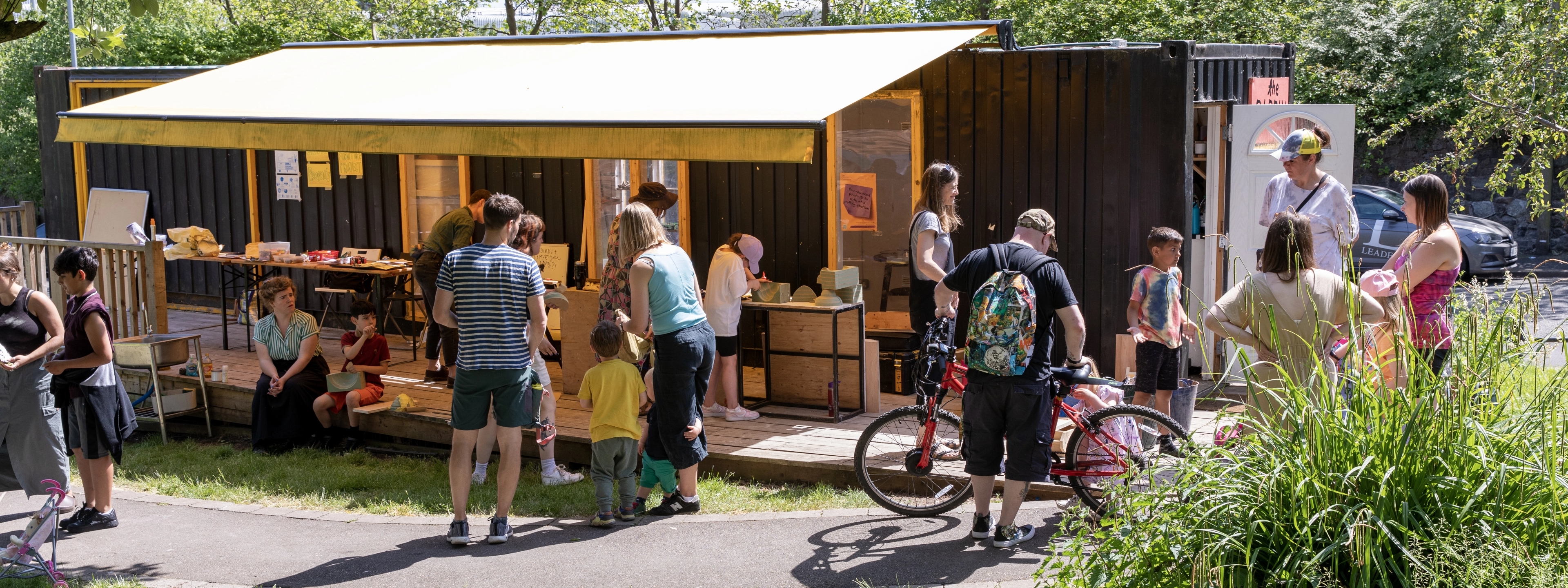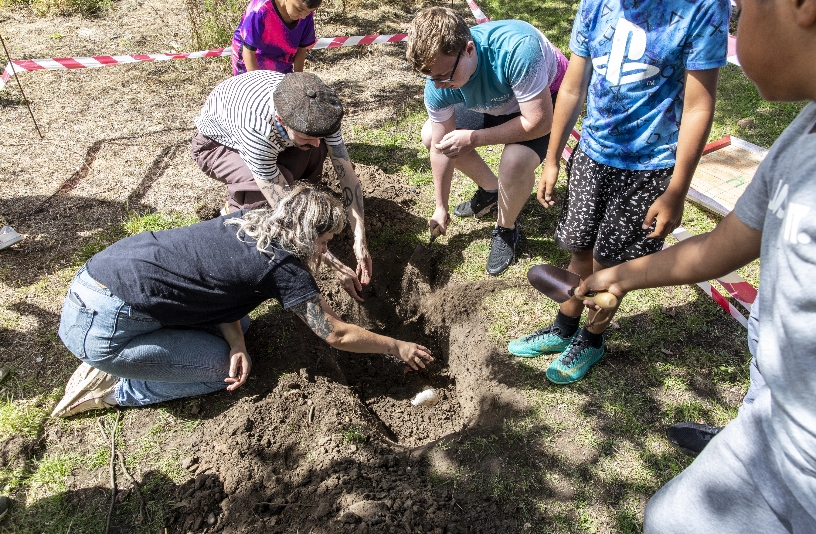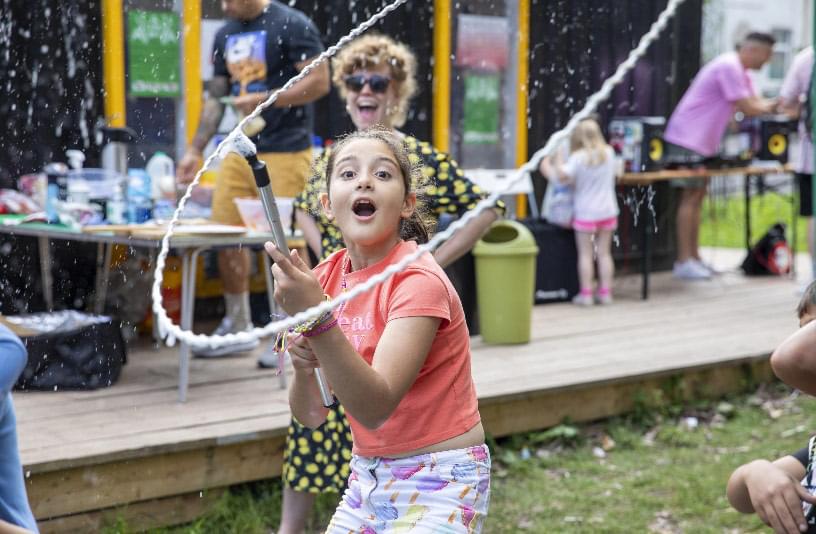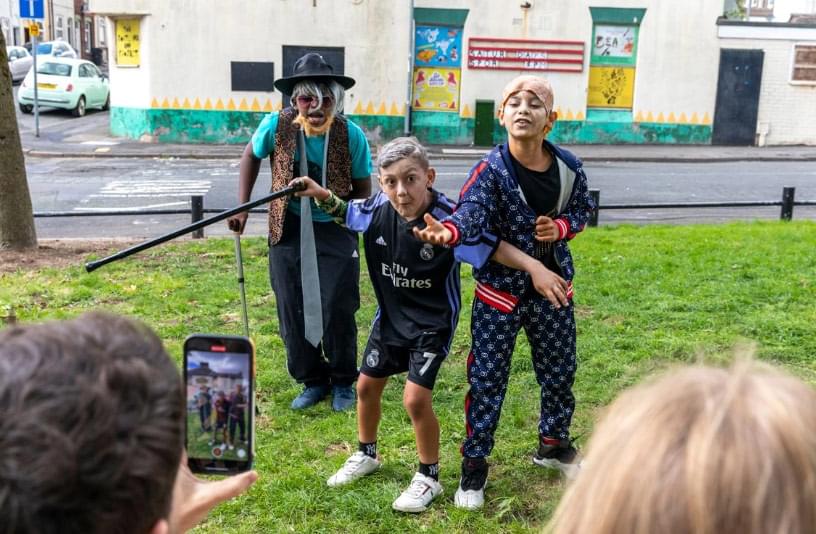Connections
Creating space for, and understanding one another – knowing who will be most affected, and who can have the most effect on your plan will tell you who should be involved in writing it.
Do what you can to involve them at all stages of making and then enacting the plan together.
Discussion Conversation Starters
Who is in the garden and how are they using it?
This is a question for each person in the room: who lives, works or socialises in the ‘garden’. Who is already here – and needs to be consulted or included in the making of the plan. Who might be missing from the conversation? How do we engage with those people or groups if they are not engaged already? Who might have an effect on the delivery of our plan, and how do we involve them so that they understand our context?
Activity Plan
Suggested Timeframe: Set aside an hour
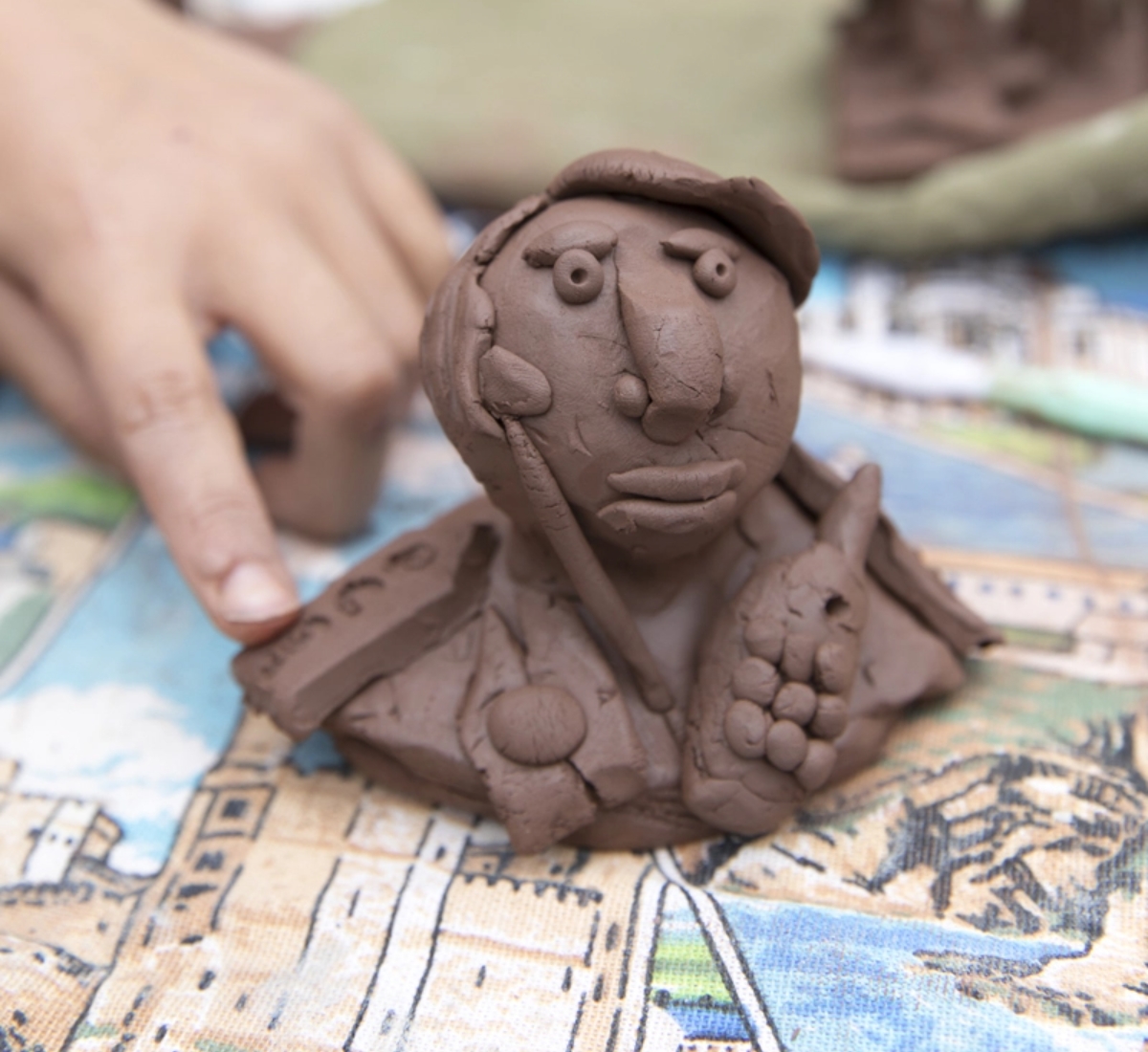
Resources:
Creative making materials: either paper plates and pens/crayons/pencils or clay and a selection of clay tools, including round cookie cutters.
Beginning and Ending your session:
Give a brief introduction about the session, and what will be covered. Ask everyone to very briefly introduce themselves and their connection to the neighbourhood/area/project. At the end of the session, ask everyone to give feedback on one thing they enjoyed and one thing to improve for next time (you can ask people to write this on a post it, or use another method to record their answers.)
Drawing or Sculpting:
Draw representatives of individuals or groups that have a connection to the garden, these can be people who live, work or socialise in the neighbourhood, as well as individuals and groups that impact on the area through the work they do. You can use paper plates and pens to draw them, or get involved with clay, and use cookie cutters to make faces and modelling tools to make this a more hands on activity.
Each person shares one person each, stating who they are and how they are connected to the garden.
Who else do we need to represent? Who is missing?
Recording:
If you have one person leading the creative activity, it is also important to have one person keeping a record of the discussion and what is covered, making notes and recording the outcome of the session visually and in note form, ensure all participants are aware that this is happening, and why.
Follow on activity to consider fostering better ways of working together*:
For each individual or group now let’s discuss: Where are they in the garden? Are they right in the middle of things, getting stuck in, or are they in the periphery? If they are in the outskirts of the garden, how do we bring them in to get more involved?
Who impacts on the garden through the work that they do, or the decisions that they make? How do we work with them for better outcomes for the community here?
*This kind of activity used to be described as a stakeholder analysis. The term ‘stakeholder’ was used to describe the people and groups who would be concerned or have a connection to the plan, but the term itself has been found to be problematic due to its links to colonisation. Here is an interesting article by Professor Mark Reed, with some suggested alternatives.
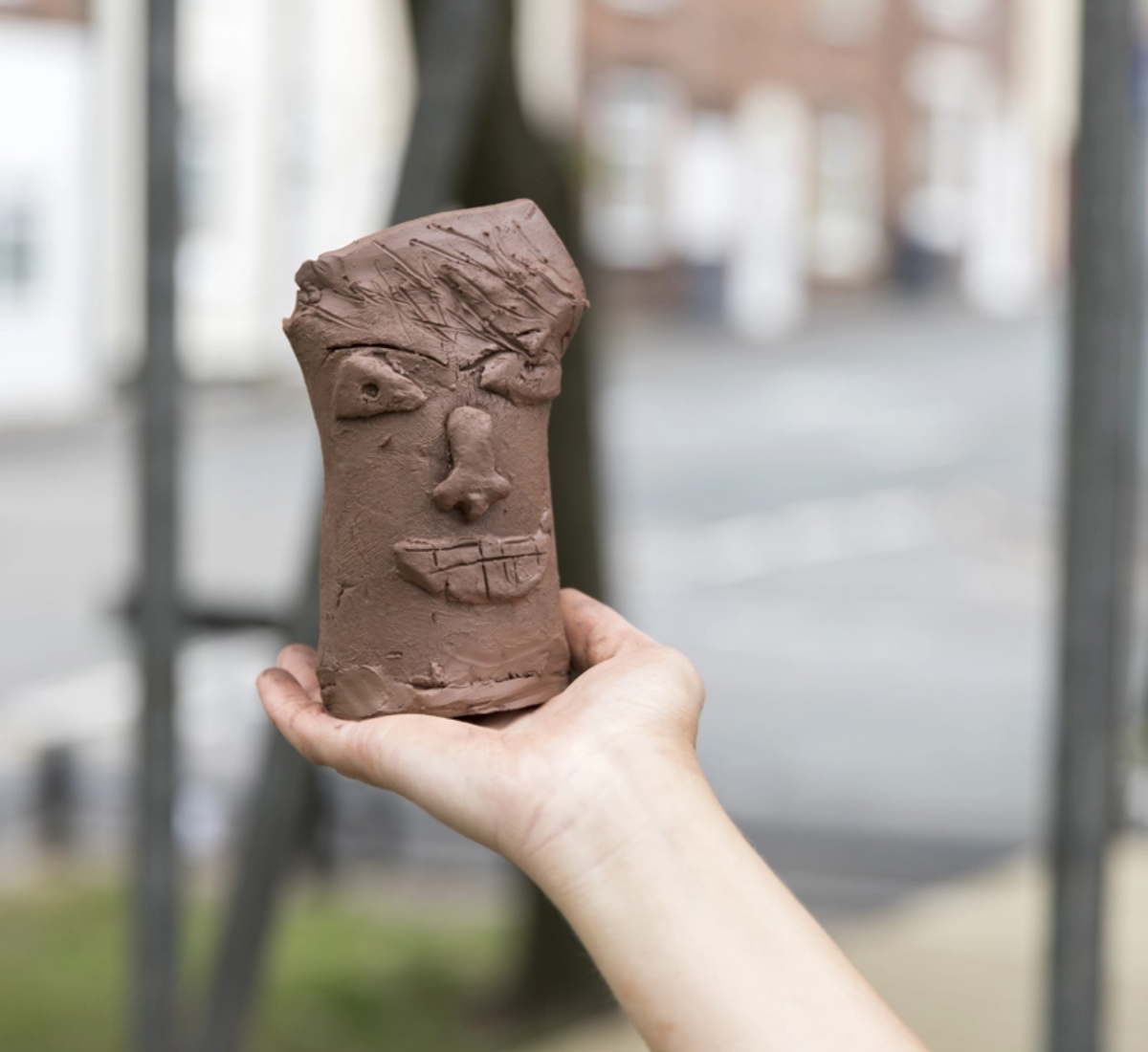
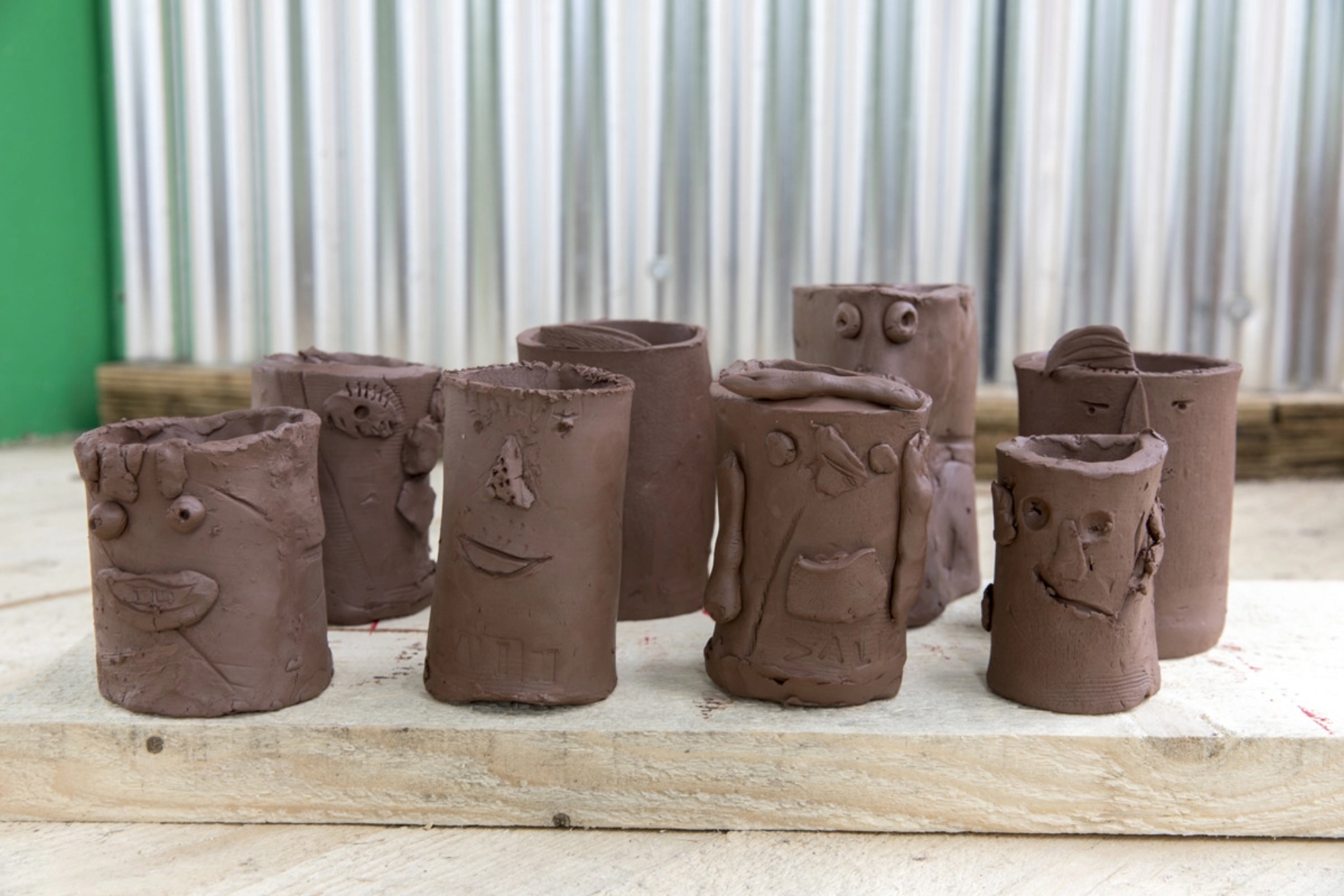
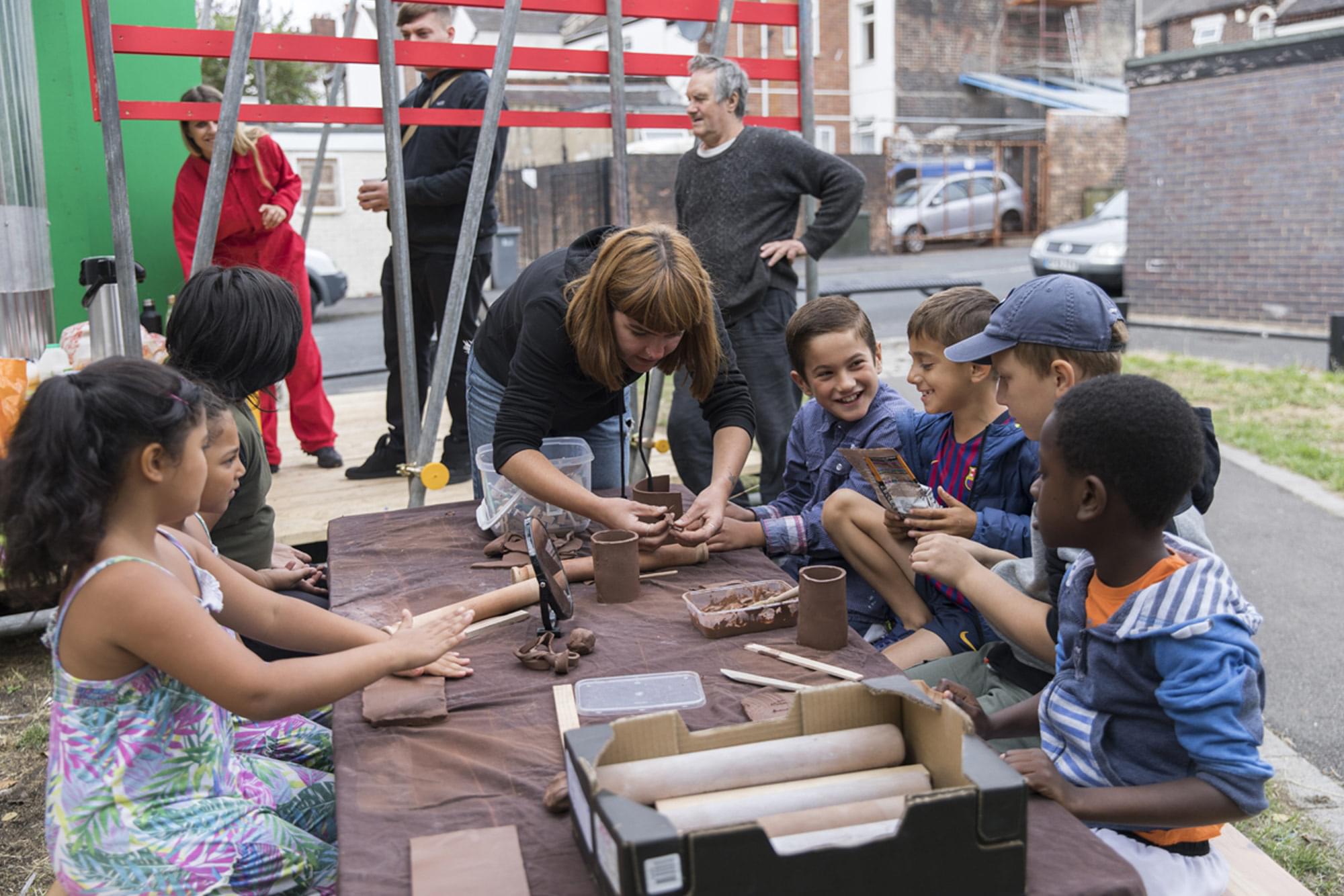
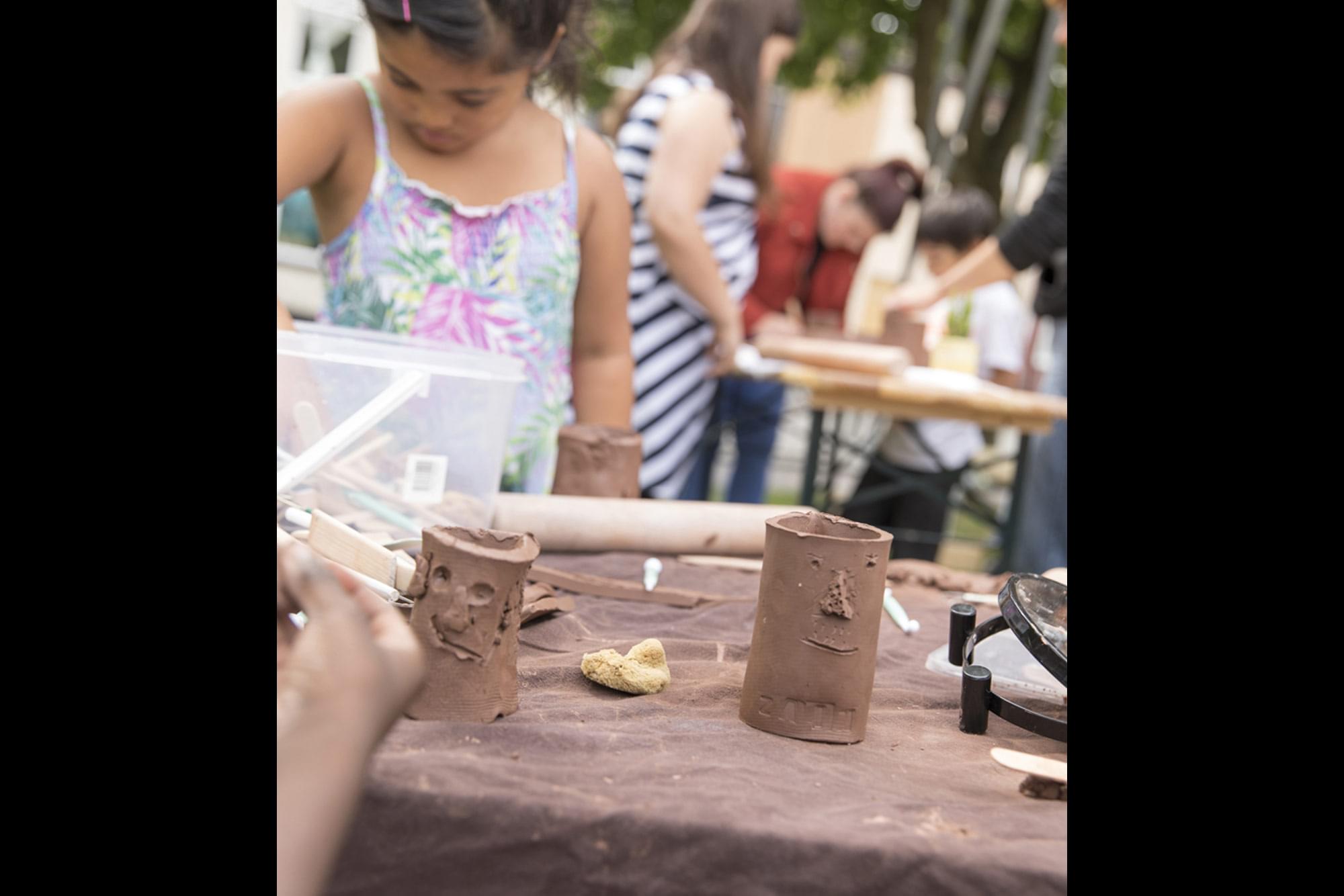
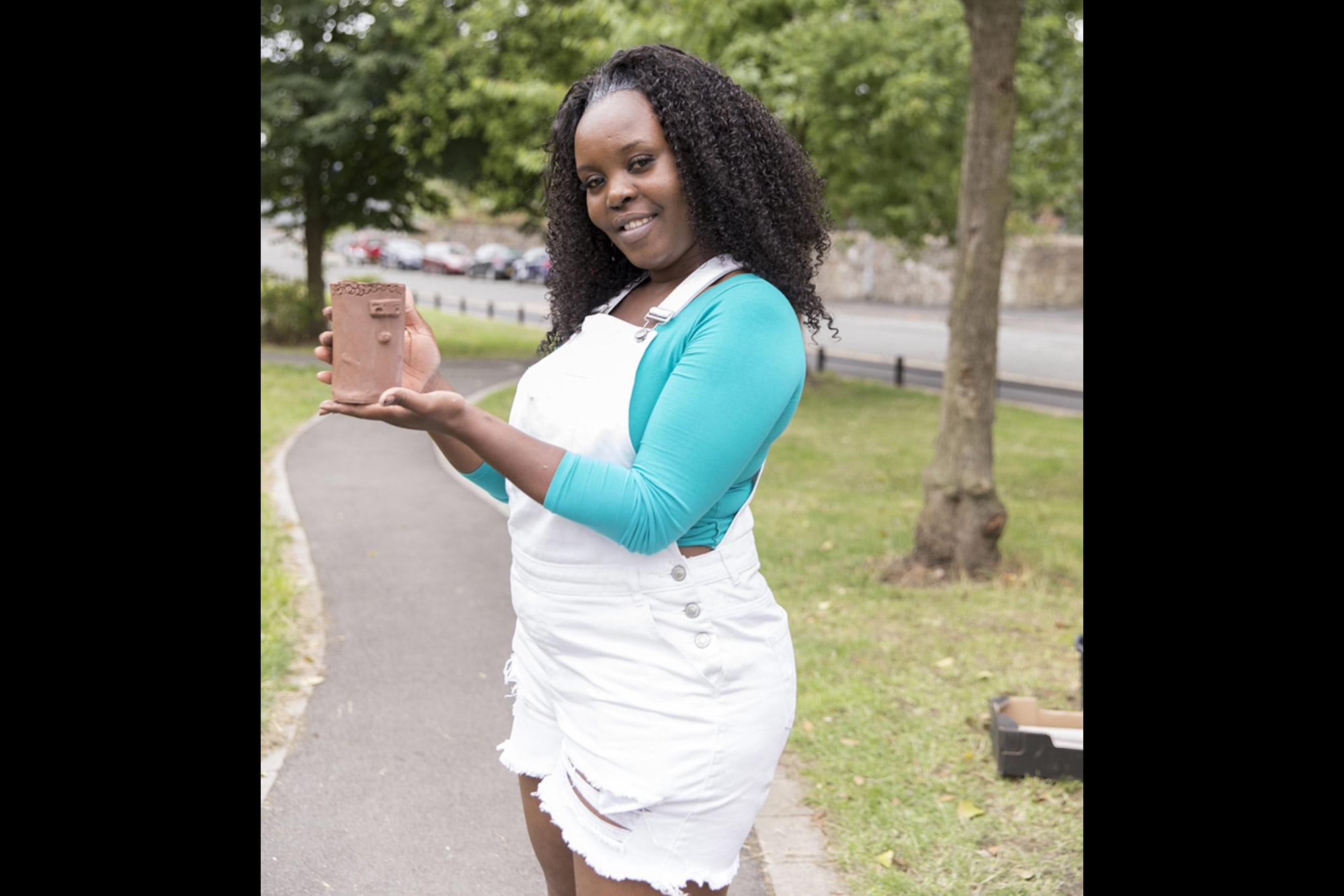
PIP example: Clay Faces
We love using Clay at The Portland Inn Project, and even as far back as 2016, we were finding ways of using clay to understand more about our community and the neighbourhood where we live. We hosted an activity, to understand the groups and individuals that we would need to engage with in developing our work in and with the neighbourhood.
